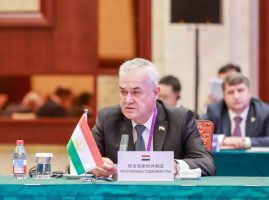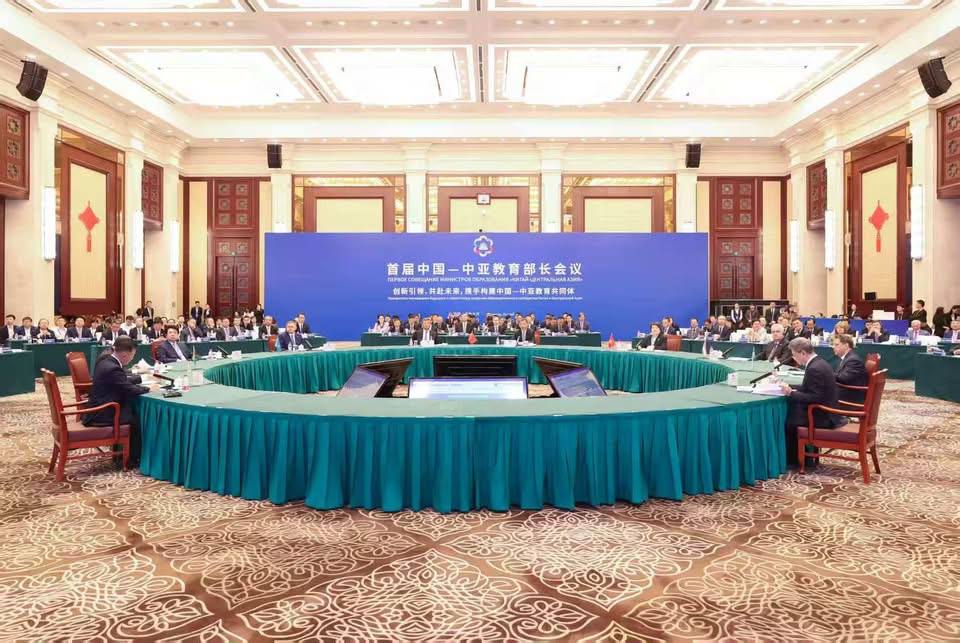The first meeting of the Ministers of Education of the People's Republic of China and the Central Asian countries took place on May 12 in the city of Urumqi (PRC). This was reported by the press center of the Ministry of Education and Science of Tajikistan.
The meeting was attended by the heads of the ministries of education of Tajikistan, Kazakhstan, Kyrgyzstan, Uzbekistan, Turkmenistan and China. The Vice Minister of Education of the PRC Wu Yan addressed the participants with a welcoming speech.
During the meeting, issues of strengthening educational cooperation, sharing experience and integrating educational systems in the region were discussed. The Minister of Education and Science of Tajikistan Rahim Saidzoda emphasized in his speech that in the modern conditions of globalization and transformation of international relations, the role of education and science is increasing, becoming one of the key factors of sustainable development and competitiveness of countries.


“The initiative to create the China-Central Asia format creates new opportunities for establishing constructive dialogue, expanding joint projects, exchanging effective practices and developing scientific and educational cooperation,” the minister noted.
Following the meeting, the "Regulations on the mechanism of meetings of ministers of education "China – Central Asia" and the "Urumqi Declaration" were approved, which set out the main priorities for future cooperation. The documents provide for the development of academic mobility, the creation of joint educational programs, the expansion of scientific cooperation and the training of highly qualified personnel in the field of engineering, innovative technologies and medicine.
The meeting also included the opening ceremony of a number of joint projects, including the establishment of the China-Central Asia Alliance for the Integration of Education and Production, the International Institute for Advanced Teacher Training, the launch of an international medical center in Astana, and the opening of joint research laboratories. In addition, memorandums and agreements were signed between educational institutions of the participating countries.



































